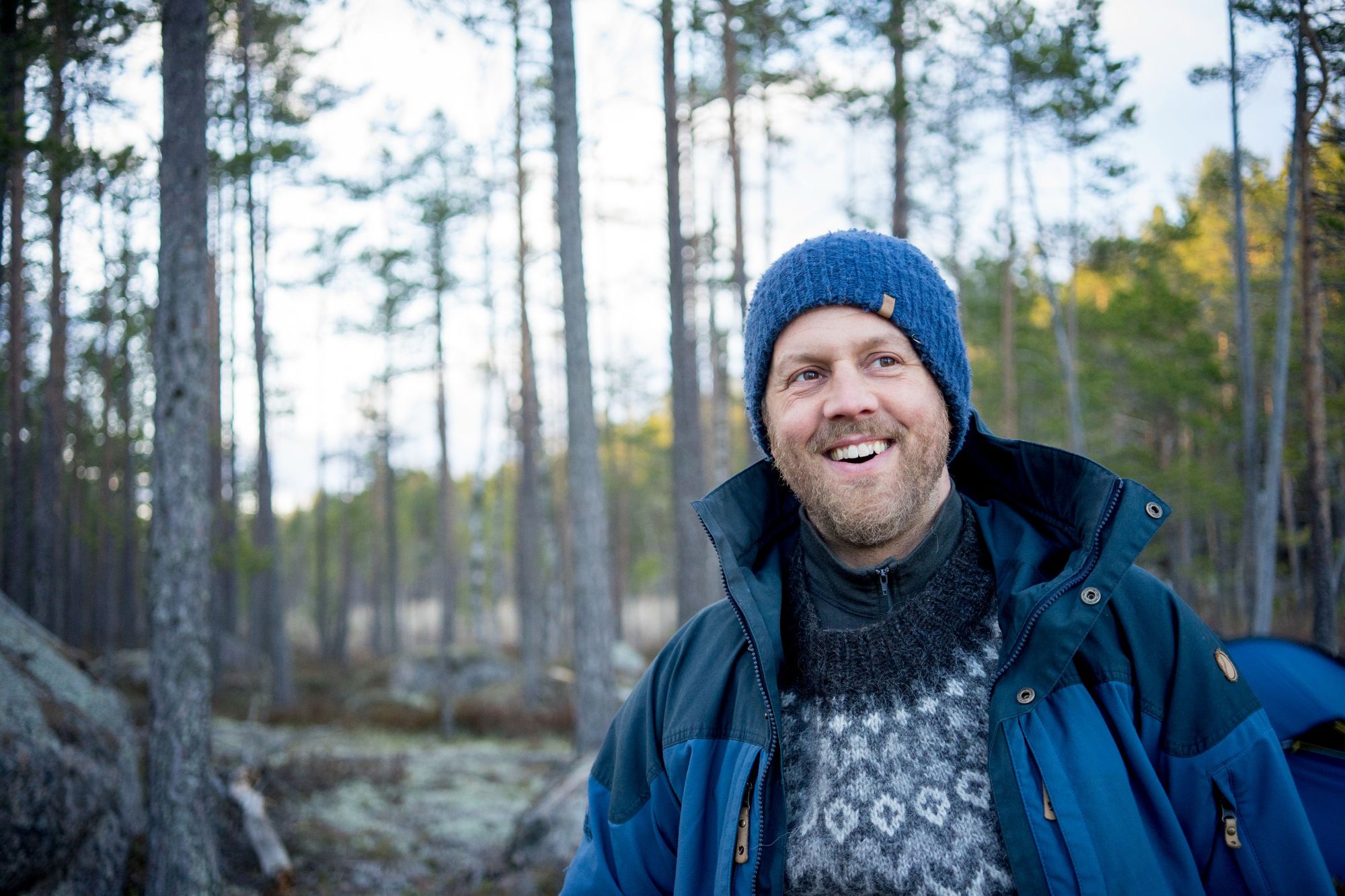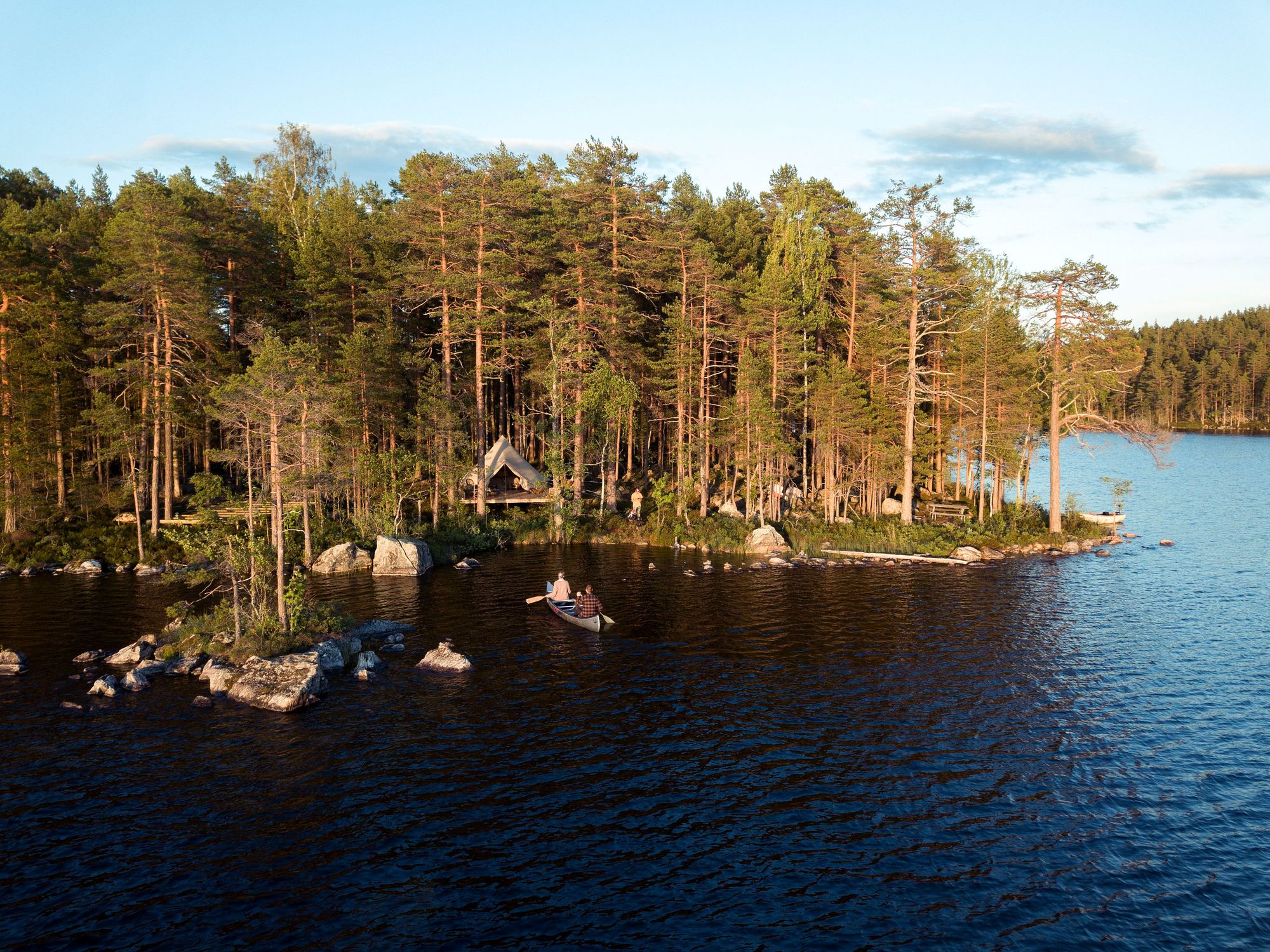
Like many countries, Sweden is currently facing a shortage of green, renewable energy, and is looking to build new wind farms to solve that problem. But when those plans for expansion involved clear-cutting vibrant forests in small communities - and removing habitats home to moose, bears, wolves and beavers - activists began to ask how green those plans really were.
“They wanted to build a wind power park exactly where we do one of our tours,” says Marcus Eldh. He’s the founder of Wild Sweden, a company who offer wildlife tours and adventures in the forests around the centre of the country. “A lot of people pointed out the beautiful nature and the biodiversity in the area, but the problem is that politicians don’t really listen to that.
We don’t argue so much, or shout at politicians or write to newspapers, but we want to be the argument.
“We were able to use the argument that tourism in the area, done right, can bring in a lot of money. And we are an example of that. We are that example that politicians who want to help can use, and local people who campaign can be proud of. It’s not just that there could be ecotourism here and that it could bring money to the locals - it’s happening now, through us.”
Although most of Sweden's forest are planted, almost 70% of the land area of Sweden is covered by trees. “We don’t really have names for every forest in Sweden, because all of Sweden is a forest,” says Marcus. He’s been running nature-based adventures out into those forests for over two decades, giving intrepid guests the opportunity to camp out, swim in secluded lakes and spot rare animals in the wild.
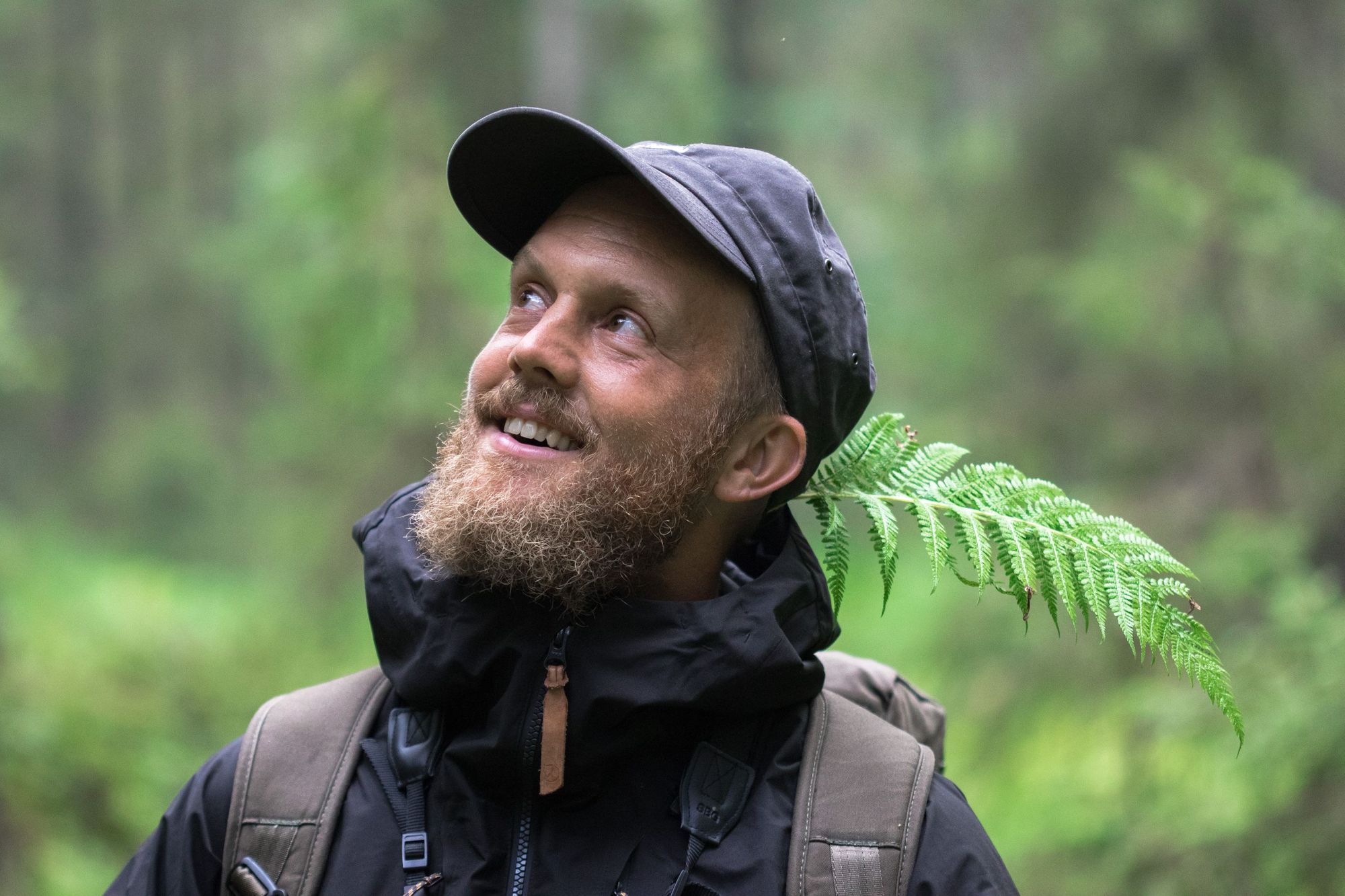
“For our trip with Much Better Adventures, I thought about what I would want to do,” he says. “For me, it’s not much of an adventure to sleep in a hotel. It’s about outdoor cooking, sitting by the campfire and hearing wolves howl. If you walk half an hour in any direction of where we camp, you’ll find 10 lakes. At none of those will you meet anyone. I love being out in the forest.”
Not only does Eldh’s business allow guests to reconnect with nature, and through tracking and observing animals, gain a greater understanding of their importance to the forest ecology - it also brings a crucial income to the local community. This has allowed the company to help protect some of these forests from clear-cutting, and save these vibrant habitats.
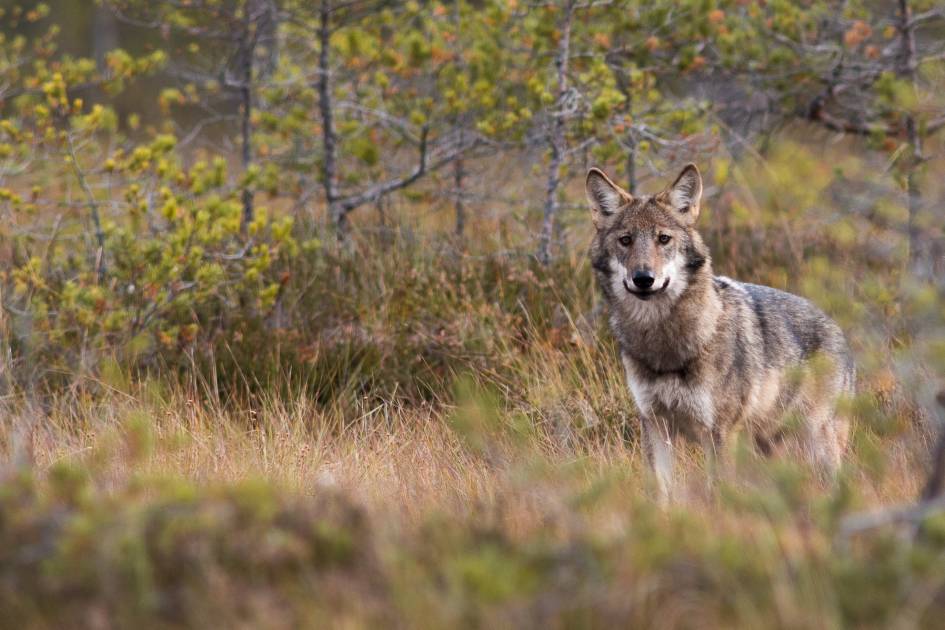
“This company is bringing in more money to locals than wind power would,” says Marcus. “We don’t swing the bat, but we want to be the bat people can use in these conversations. We don’t argue so much, or shout at politicians or write to newspapers, but we want to be the argument.”
Marcus emphasises the importance of using local guides, food, and accommodation options.
“We employ local guides and stay in local guest houses. We eat at local restaurants, choose local beer and use local honey and firewood and cookies. So a lot of people are involved here. And then when they’re going to build a wind farm, or when someone is going to shoot too many wolves, people can stand up and say, wait a second, these wolves are bringing in a lot more money than they are causing damage through the three sheep they might have killed.”
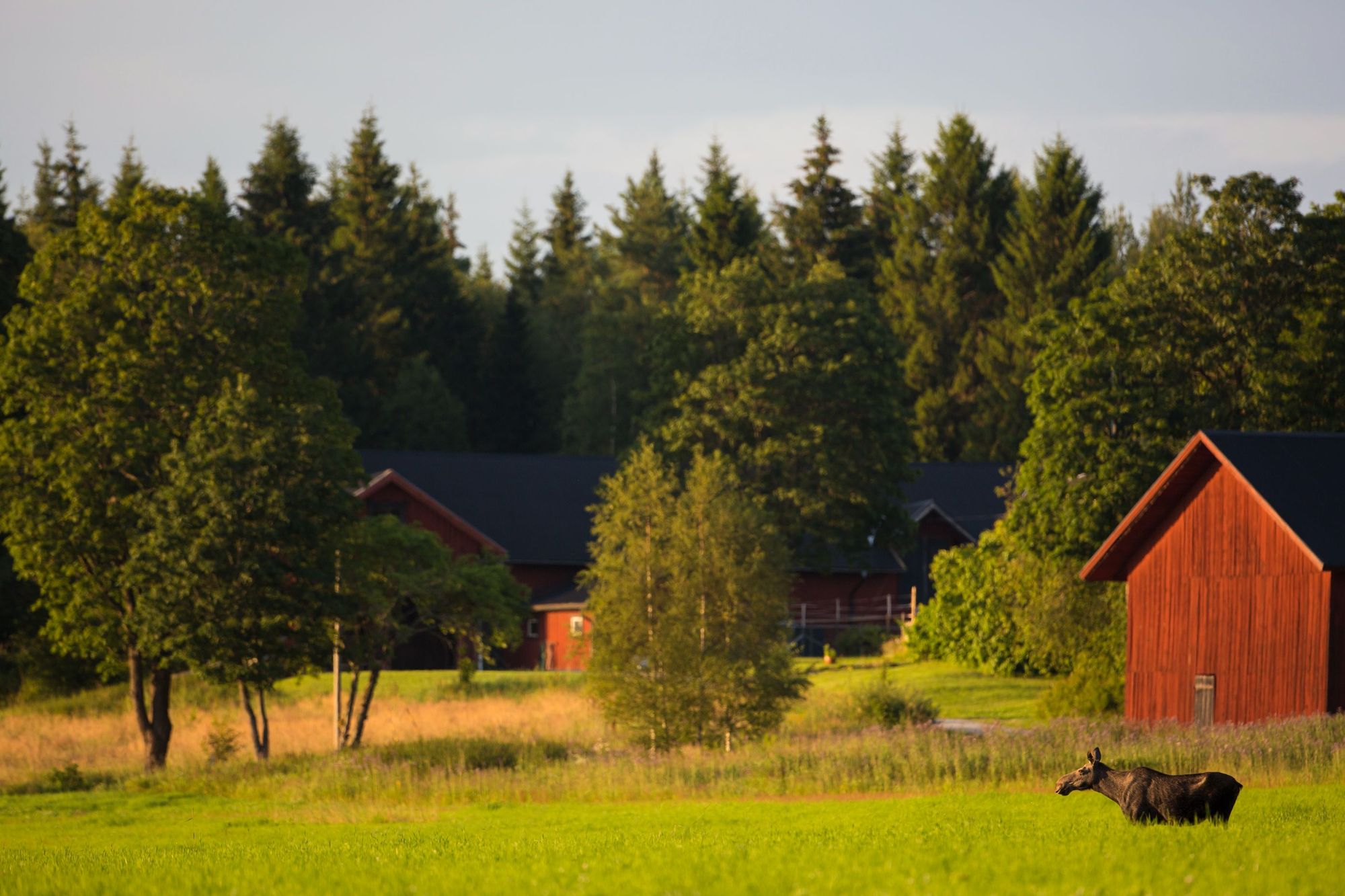
Our new adventure, created by Marcus, centres on the Aspafallet wolf territory, which local activists prevented from becoming a wind farm. “The wolves there had three pups last season and hopefully there will be a new litter arriving this April or May,” says Marcus. “I get contacted by politicians who say, ‘I want to fight against the wolf culling and I need some numbers. I need you to tell me that you had people from all over the world come to see the wolves’ - and we have. We've had people from 76 countries, including North Korea and Burma.”
Marcus adds: “I’m not doing this for the money. I'm doing it to save nature and to inspire other people to save wild and beautiful nature. But the best way I can do that is not to say wolves are beautiful and that we need biodiversity, it’s to bring in money into the area - more money than the wolves have cost society. It seems that we have won for now in this area. But we also do moose and beaver watching in three other areas which are also threatened by wind power. And in the north there are areas threatened by mines and clear-cutting from the forest companies.”
Marcus has been a wildlife guide for over 20 years. He was originally inspired by a backpacking trip through Southeast Asia, where he learned from orangutan guides that it was possible to make a living through guiding. He started guiding moose tours in Swedish forests shortly after.
“A week before my first tour I thought ‘how am I going to find a moose?’ So I borrowed my mother’s car and went out to look for one,” laughs Marcus. “I found one and said ‘wait there moose! I have some people coming to see you next week’! The trip went really well, and more followed, sleeping out, hiking, kayaking."
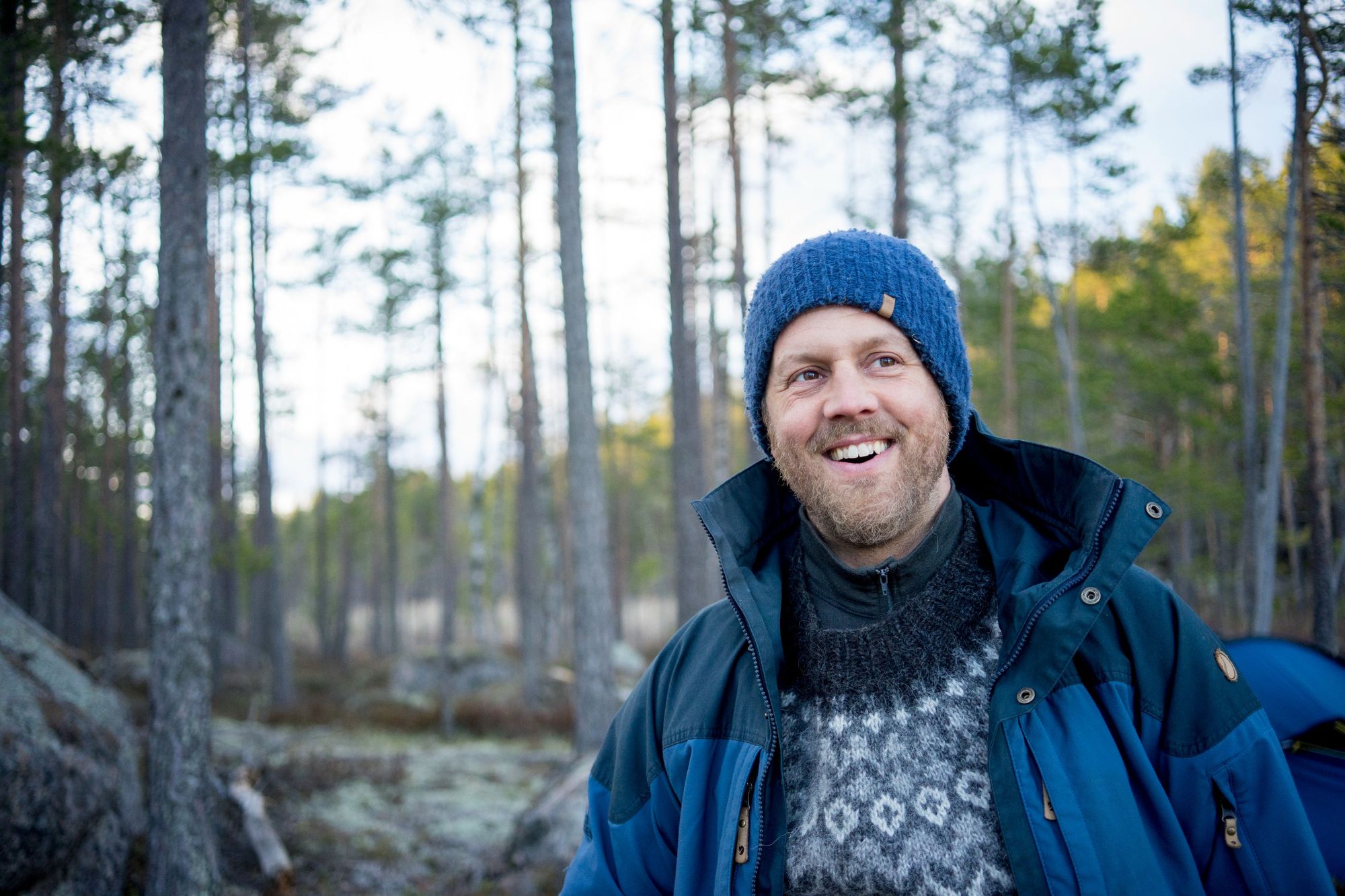
Eldh continues: "Then there were rumours that the wolves had returned.”
Wolves had been extinct from central Sweden for around 30 years until returning in 1983. The wolves weren’t officially reintroduced, but reintroduced themselves, coming into Finland across the Russian border, and then crossing into Sweden. The wolves somehow managed to sneak through the huge area of reindeer husbandry where it’s legal for the predators to be shot, and then made it to the safety of the country’s central forests.
The wolves are benefiting a lot of other species. The wolverine, for example, is now establishing itself in our area...
“I saw tracks,” Marcus remembers, of his first encounter with the wolves. “I saw droppings and found the remains of a killed moose, and when I walked back to the car, I heard them howling.”
In those forests, “three wolves managed to become 200,” says Marcus. Now the number is closer to 400, with the wolves outside of the reindeer regions protected by the EU Habitat directive to protect red-listed animals. Eldh later began guiding wolf-howling forest adventures.
“The wolves are benefiting a lot of other species, because they kill moose year-round, which means there’s plenty of food for other species to eat,” says Marcus. “The wolverine, for example, is now establishing itself in our area. They used to only live in the mountains up north.
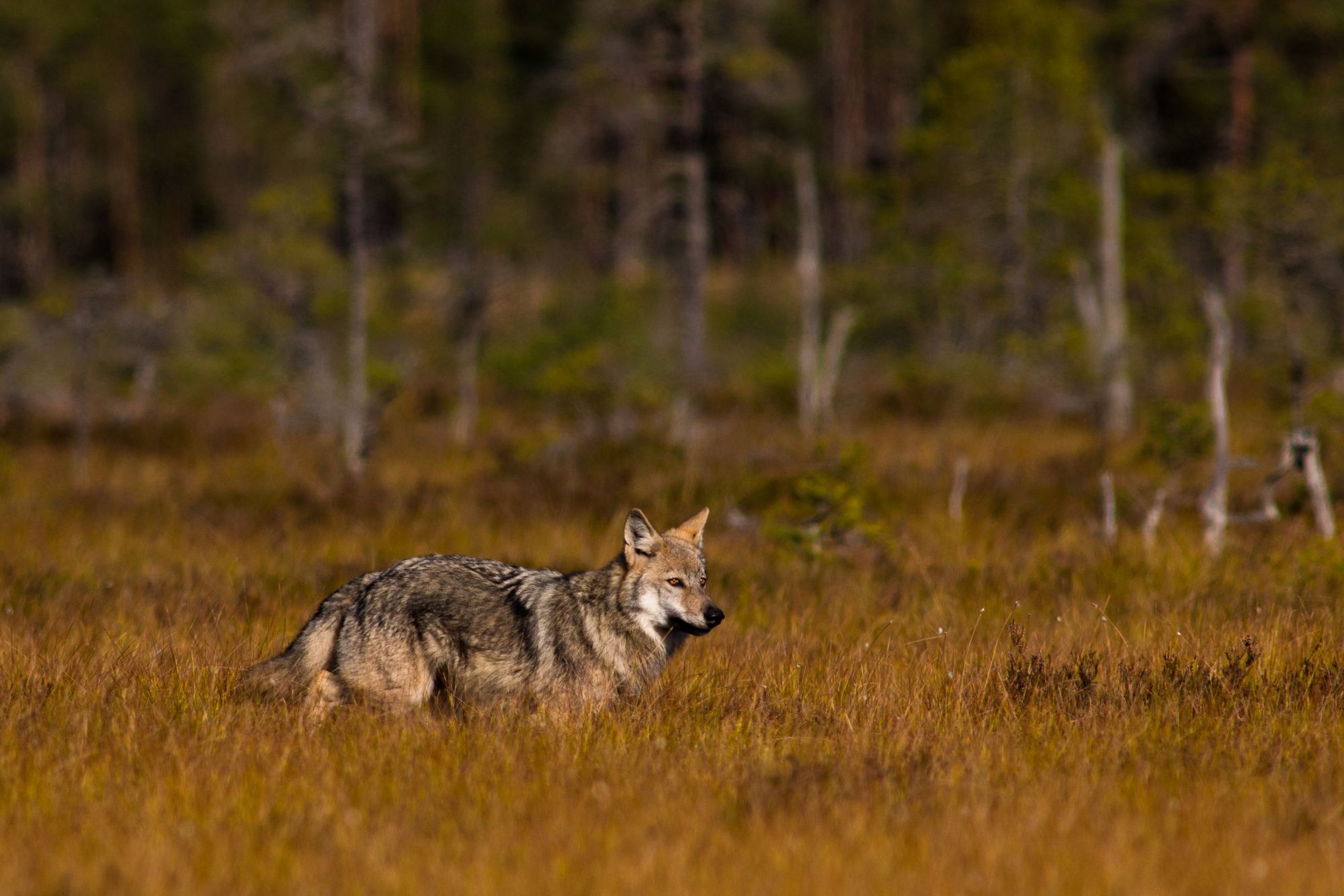
“We want people to understand why wolves are useful, but also that, even if they weren’t useful, we would still have to save them. Often people will then be angry that some wolves are being shot in southern Sweden, but are unaware that 300 bears and 100 lynx would also be shot.”
Marcus aims to bring value to these animals habitats through tourism - and turn guests into ambassadors. “They go out and tell a lot more people about all of this,” he says.
Wild Sweden’s Save the Forest award goes one step further, giving one activist each year an award for their work preserving these habitats, with a monetary prize and media attention attached.
“Even if wind power and mines are a problem, and the illegal shooting of wolves, the main problem for us is the clear-cutting of the forest,” says Marcus. “The main bad guy here is the Swedish state. They own a fifth of Sweden's land and they are clear-cutting so much of it and setting a bad example. There are many senior people who are fighting to save Sweden's old-growth forests though, and some young people too. There are some 20 years olds who have saved forests - permanently. We want to lift those people up and encourage their work!”
At the end of the day, it’s all about finding a connection with nature on an adventure in the great outdoors. “I grew up with the forest as my playground,” says Marcus. “My parents took me canoeing and skiing and camping and out to pick berries and find mushrooms. I know that people can come here and be inspired. Sweden has 100,000 lakes, and all this dense forest. I feel honoured that people come to visit me. We can do something with all that positive energy.”
Inspired? Check out the full-itinerary for our wolf tracking adventure in the forests of central Sweden now!

